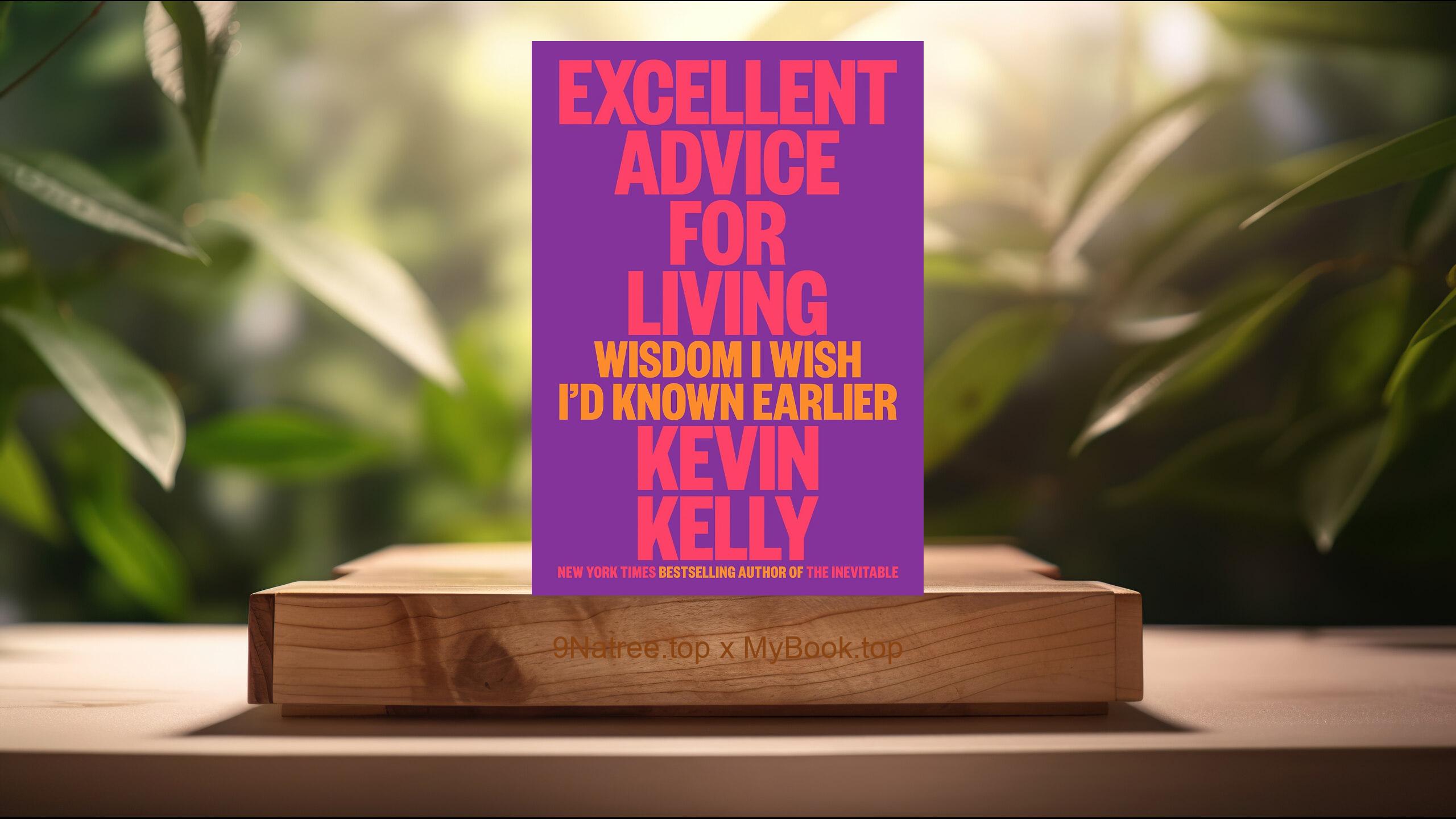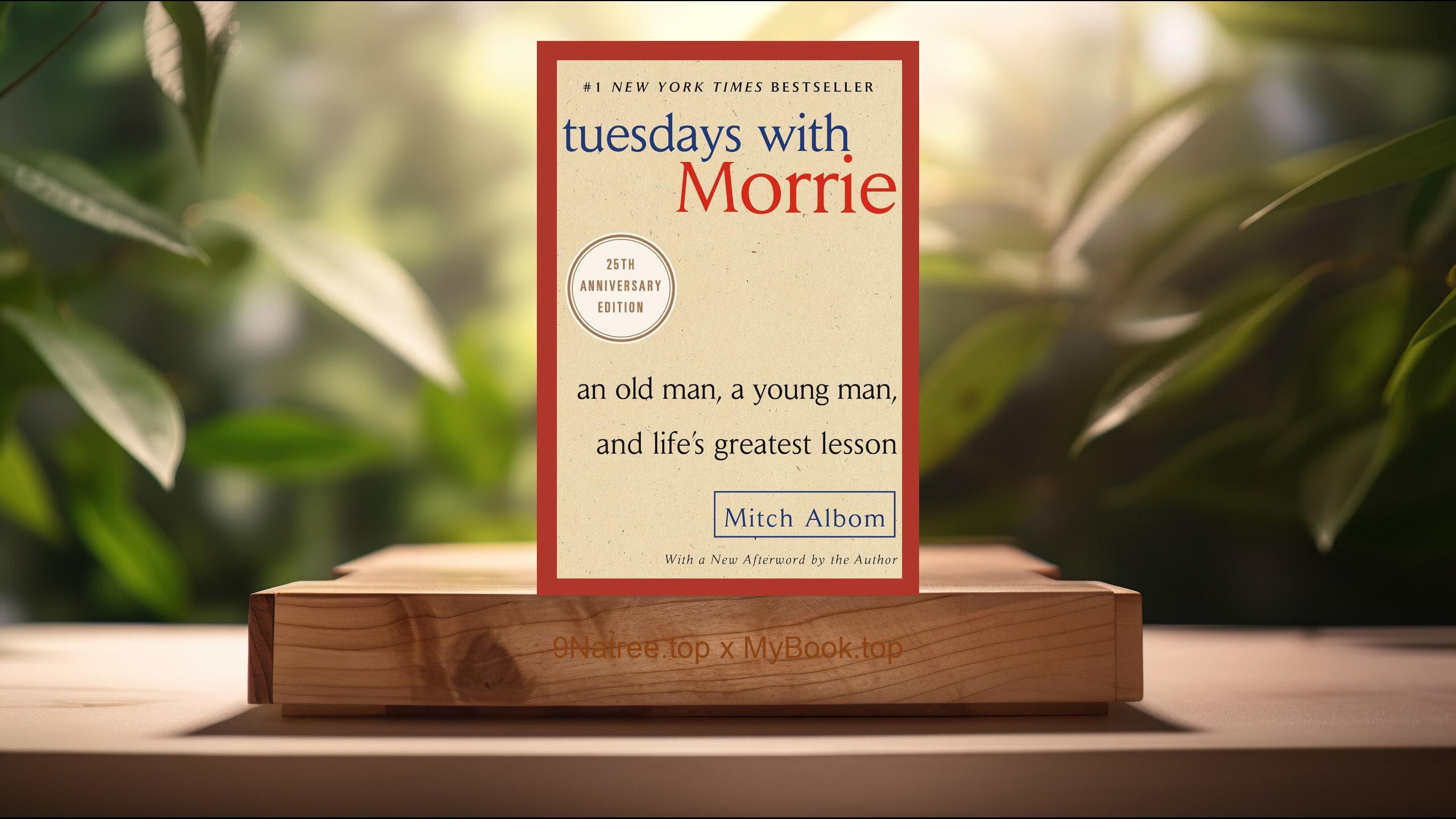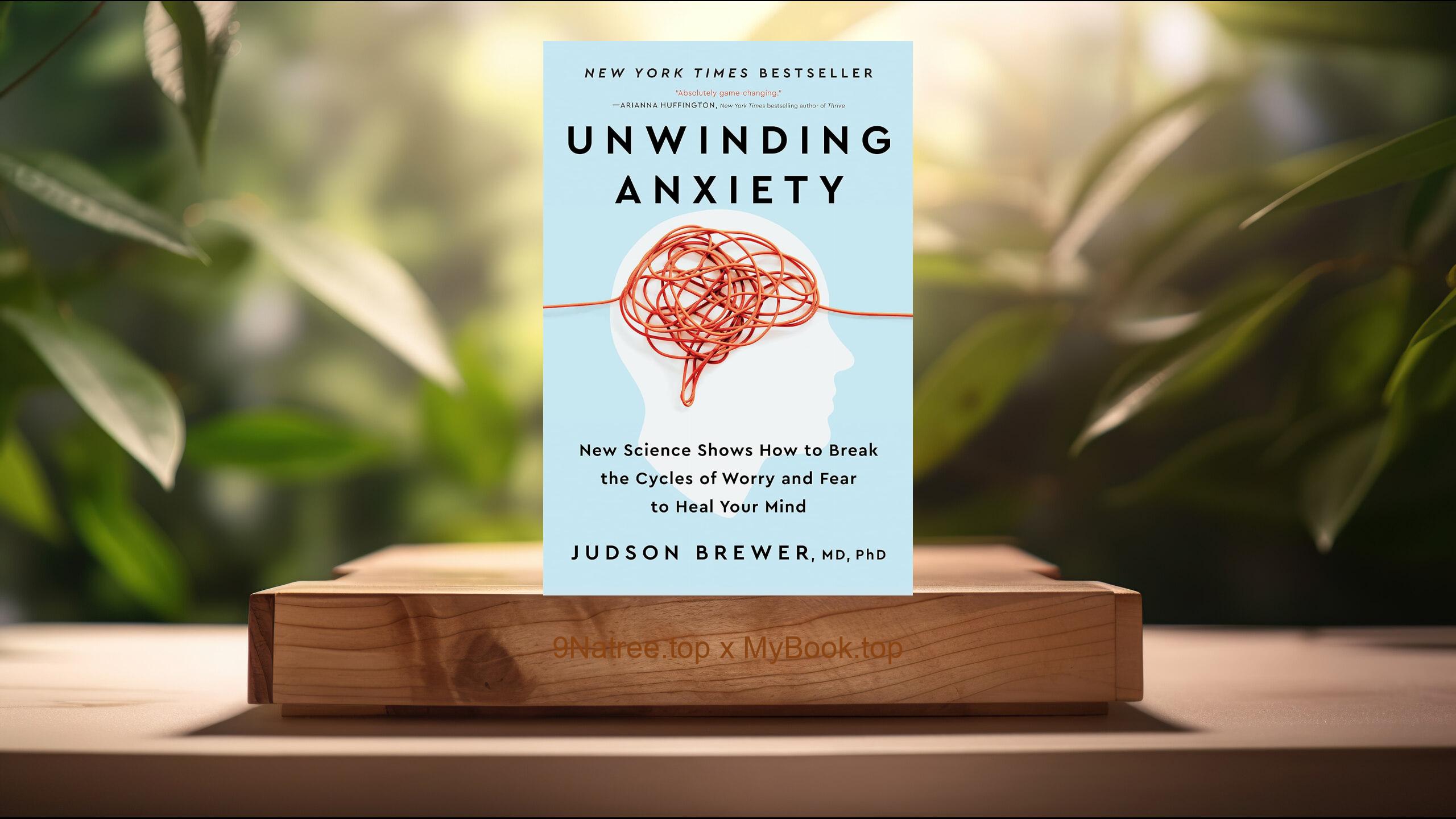Show Notes
Buy on Amazon: https://www.amazon.com/dp/B007A4SDCG?tag=9natree-20
Read more: https://mybook.top/read/B007A4SDCG/
#Resistance #Creativity #Professionalism #Inspiration #Muse #TerritoryvsHierarchy #HigherRealm #TheWarofArt
These are takeaways from this book.
Firstly, Understanding Resistance, The cornerstone of 'The War of Art' is the concept of Resistance, which Steven Pressfield describes as an invisible force that opposes creative work. Resistance is cunning, unforgiving, and universal, functioning as an internal enemy that every individual looking to pursue a creative or meaningful task must battle. Pressfield emphasizes that resistance is strongest when the stakes are highest, particularly when one aims to pursue activities that embody personal fulfillment and contribution to society. It manifests through procrastination, fear, self-doubt, and a myriad of other forms specifically designed to keep individuals from realizing their true potential. Understanding Resistance is crucial because recognizing it is the first step toward overcoming this insidious force.
Secondly, Professionalism vs. Amateurism, Pressfield draws a stark contrast between professionals and amateurs. He argues that the key to overcoming Resistance lies in transitioning from amateurism to professionalism. Professionals show up every day, work no matter what, commit over the long haul, and act in the face of fear, while amateurs allow Resistance to deter them from their creative endeavors. This section of the book serves as a powerful call to action for readers to treat their pursuits not as hobbies but as professional callings that demand discipline, dedication, and respect. It's about adopting a mindset that prioritizes your art, creativity, or venture above distractions and excuses, thereby overcoming the barriers that Resistance places in your way.
Thirdly, The Role of the Muse, Pressfield introduces the concept of the Muse, a metaphysical source of inspiration that creative individuals tap into. He suggests that dedication to one's craft creates a sort of spiritual contract that invites the Muse to assist in the creative process. The key to harnessing the power of the Muse is consistency and commitment; showing up to do the work is what summons this source of inspiration. This idea also ties into Pressfield's emphasis on professionalism; by treating creativity as a professional calling, one makes room for the Muse to act. This topic is essential for understanding that inspiration is not merely a product of spontaneous motivation but the result of disciplined, dedicated effort.
Fourthly, Territory vs. Hierarchy, Pressfield introduces an interesting framework for understanding motivation and fulfillment in creative work: the distinction between territory and hierarchy. 'Territorial' thinkers find satisfaction from the process itself, regardless of external recognition, while 'hierarchical' thinkers seek validation and status from others. This distinction is crucial for cultivating a mindset that focuses on the intrinsic rewards of creative work, rather than external accolades. Embracing a territorial approach helps in overcoming Resistance by ensuring that one's motivation comes from within, rendering the artist less susceptible to criticism and rejection. This concept encourages individuals to find joy and fulfillment in the doing, rather than the outcome.
Lastly, The Higher Realm, Towards the end of 'The War of Art,' Pressfield explores the concept of the Higher Realm, a philosophical idea which posits that engaging in creative work connects individuals to something greater than themselves, akin to a divine experience. This connection to a Higher Realm is what gives true meaning and purpose to creative endeavors. It suggests that overcoming Resistance and dedicating oneself to creative work has a profound spiritual significance, elevating both the work and the creator to a level of higher consciousness. Pressfield's discussion of the Higher Realm not only inspires readers to view their creative pursuits as sacred but also as a pathway to personal and spiritual evolution.
In conclusion, Steven Pressfield's 'The War of Art' is a must-read for anyone who has ever experienced the paralyzing force of Resistance in the attempt to pursue creative, entrepreneurial, or personal growth endeavors. The book is not only about art; it's about the struggle against the forces that prevent us from achieving our highest potential. Whether you're an artist, writer, entrepreneur, or someone looking to break through creative barriers, Pressfield's insights can benefit you profoundly. By understanding Resistance, embracing professionalism, inviting the Muse, focusing on territory, and recognizing the significance of the Higher Realm, individuals can navigate through their creative journeys with greater purpose and success. 'The War of Art' is more than a book; it's a battle cry against the internal obstacles that hinder us from expressing our true selves.
![[Review] The War of Art (Steven Pressfield) Summarized](https://episodes.castos.com/660078c6833215-59505987/images/1730244/c1a-085k3-2og8o5nxa6o4-asod3e.jpg)




